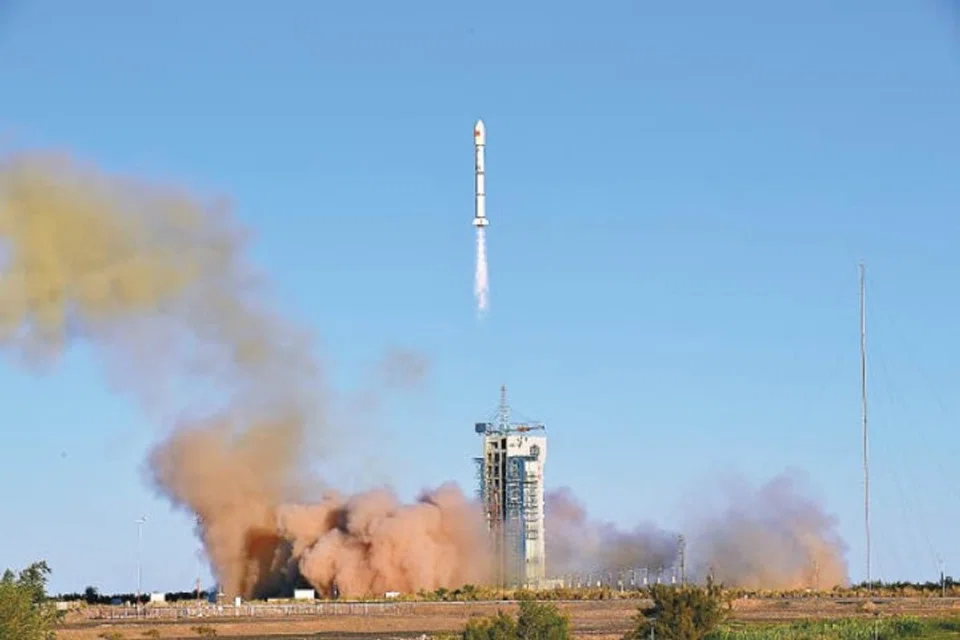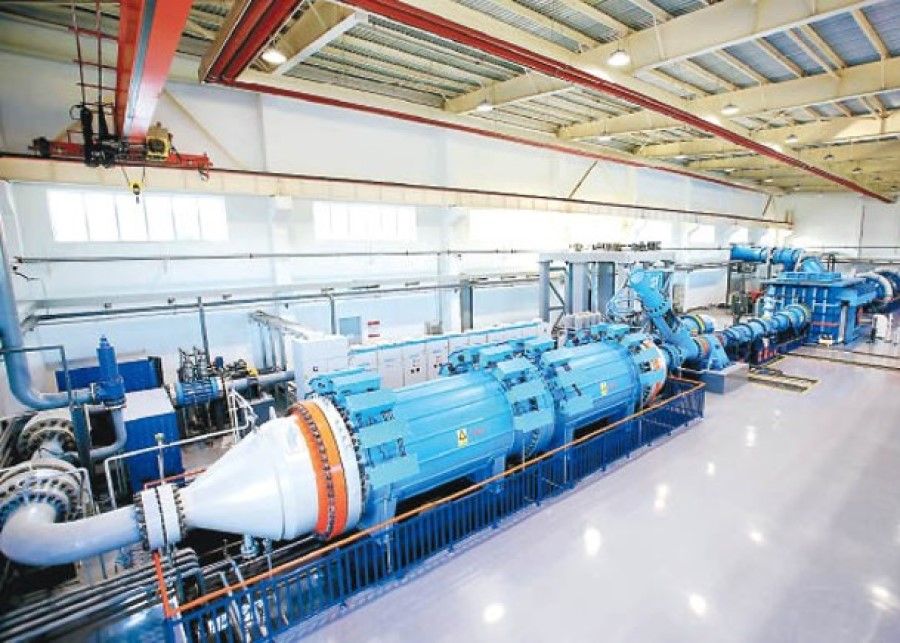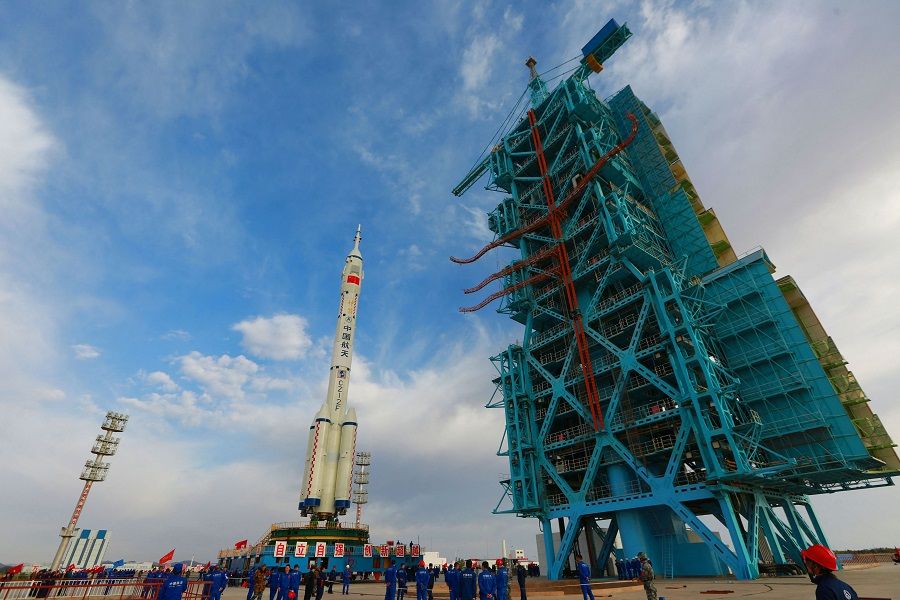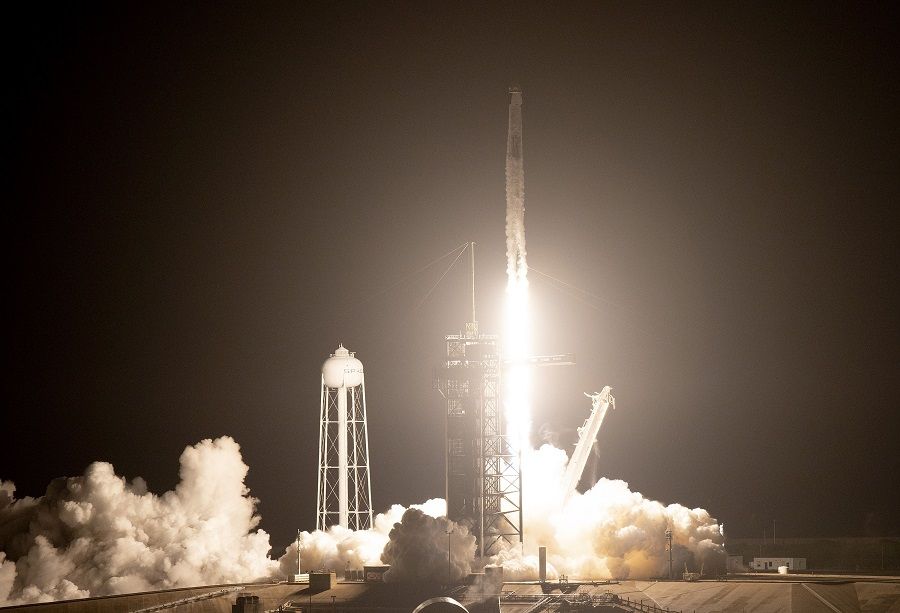What's real (and not) about China's hypersonic weapons tests

Even as the West interests itself in China's hypersonic missile development, on 25 November the China Aerospace Science & Industry Corporation (CASIC) confirmed at the 7th China (International) Commercial Aerospace Forum that it had conducted a successful first test flight of a liquid rocket ramjet engine under its Tengyun Project.
The Tengyun Project is a CASIC-led reusable spaceplane project. CASIC did not reveal more information about the successful test flight of the spaceplane, but in October and November this year, the Financial Times (FT) published two reports on China's hypersonic weapons testing, prompting fresh interest from the West in China's high-tech hypersonic weapons development.
In the October report, FT said on 13 August that China launched a rocket carrying a hypersonic glide vehicle, which, unlike previous missiles, circled the globe through low-orbit space before re-entering the atmosphere and cruising down towards its target, missing it by about 30 kilometres.
...it was a routine test of a space vehicle to verify the technology of spacecraft reusability, and is of great significance in reducing the cost of using space vehicles and providing a convenient and cheap way for mankind's two-way transportation in the peaceful use of space. - China's foreign ministry

The report said "China had made astounding progress on hypersonic weapons and was far more advanced than US officials realised", and one person said: "We have no idea how they did this."
Reports in Western mainstream media like FT have gained the attention of the US military. Mark Milley, chairman of the Joint Chiefs of Staff, said to the media that China's hypersonic vehicle was a system of extraordinary speed and there was no defence system capable of dealing with it, adding: "I don't know if it's quite a Sputnik moment, but I think it's very close to that."
The "Sputnik moment" refers to the moment when the Soviet Union launched the Sputnik I in 1957, marking the US losing its advantage in space technology. Subsequently, the US fought to catch up and later regained its global lead in the sector.
China's foreign ministry did not completely deny the FT reports, but emphasised that it was a routine test of a space vehicle to verify the technology of spacecraft reusability, and is of great significance in reducing the cost of using space vehicles and providing a convenient and cheap way for mankind's two-way transportation in the peaceful use of space.

On 22 November, FT quoted "people familiar with the intelligence" that China had tested a hypersonic glide vehicle in July that can carry a nuclear warhead, which fired a separate missile mid-flight in the atmosphere over the South China Sea. The article added that "experts at Darpa, the Pentagon's advanced research agency, remain unsure how China managed to fire countermeasures from a vehicle travelling at hypersonic speeds".
The article also said "experts say the firing of countermeasures is the latest evidence that China's efforts are significantly more advanced than either the Kremlin or the Pentagon", and that the White House declined to comment on the test, but remained "concerned".
In response to the FT report, the Chinese foreign ministry reiterated that "this was a routine test of spacecraft to verify technology of spacecraft's reusability". And it was supporting devices that had separated from the spacecraft, and these parts would disintegrate and burn up when they eventually fall into the atmosphere.
"The US military has continually played up the deterrent effect of Russia's and China's hypersonic weapons to gain more military budget for the research and development of their own hypersonic weapons." - aerospace science and technology expert Huang Zhicheng
Chinese media such as Global Times claimed that relevant FT reports are like science fiction books. Quoting aerospace science and technology expert Huang Zhicheng, Global Times reported that the development of hypersonic spacecraft by the world's military powers is still in the conceptual research and preliminary stage, and that there is no evidence suggesting that any hypersonic spacecraft in the experimental stage already has combat capabilities.
Huang thinks that the US is not admitting weakness by assuming a disadvantaged position and constantly exaggerating the threat of China's hypersonic weapons, but has an ulterior motive instead. "The US military has continually played up the deterrent effect of Russia's and China's hypersonic weapons to gain more military budget for the research and development of their own hypersonic weapons," Huang said.

However, some of the more professional netizens pointed out that over decades of persistence and effort, China has constantly made technological breakthroughs in the hypersonic field and has now surpassed the US in this area.
On 27 November, Toutiao published an article by "Xishuo Keji (细说科技)" saying that China had conducted three hypersonic vehicle tests in July and August. The test on 16 July was a test of a reusable suborbital aerospace plane with a vertical takeoff and horizontal landing (VTHL) profile. The two other tests on 27 July and 13 August tested its Tengyun aerospace plane with a horizontal takeoff, horizontal landing (HTHL) profile.
Based on practically and degree of technological advancement, the article pointed out that aerospace planes with a HTHL profile are better than those with a VTHL profile because the former can take off from more locations but the latter is highly reliant on a rocket launcher. This implies that the aerospace plane used in the last two tests is more advanced and practical than the one used during the 16 July test flight.
The Tengyun aerospace plane thought to "defy the laws of physics" by American scientists is already far ahead of its American counterpart. - Chinese media platform Toutiao

The article thinks that with a combined-cycle engine, China's aerospace planes would be launched into orbit more efficiently and at a lower fuel cost. On the other hand, the US's X-37B space plane, space shuttle, and reusable rocket are incomparable to the aerospace plane in terms of fuel efficiency and daily maintenance costs. The Tengyun aerospace plane thought to "defy the laws of physics" by American scientists is already far ahead of its American counterpart.
Undoubtedly, both the FT reports and the analyses of Chinese netizens have yet to be verified by Chinese officials, which makes it difficult for the outside world to distinguish between real information and fake news. But it is certain that China has made rapid progress in the high-tech field in recent years, giving it a new bargaining chip in the broader China-US competition. Related: Taiwan and Indo-Pacific are the primary targets of China's hypersonic glide vehicle | China displays its new weapons amid cross-strait tensions | Will a Biden-Xi virtual summit change anything? | US-China relations: Taiwan could be the most dangerous trigger point
